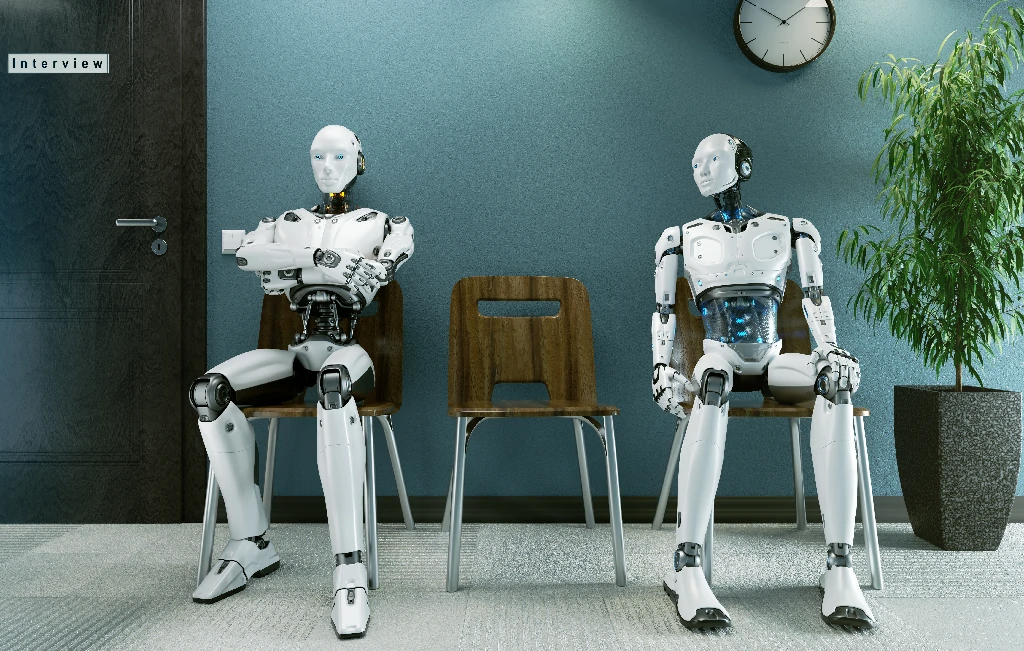justineanweiler.com – Apple’s iPhone processors, known as the A-series chips, are renowned for their speed, efficiency, and optimization, consistently outperforming competitors in benchmarks and real-world performance. Here’s a look at the key reasons why iPhone processors are so fast and optimal.
1. Custom Chip Design (ARM Architecture)
Unlike many smartphone manufacturers that use off-the-shelf processors from companies like Qualcomm, Apple designs its A-series chips in-house, based on the ARM architecture. This gives Apple the ability to tailor the processor specifically for the iPhone’s hardware and software. Apple’s vertical integration allows it to optimize the chip for its iOS ecosystem, making the interaction between hardware and software seamless and efficient.
2. High-Performance Core Architecture
Apple’s processors are built with a combination of high-performance cores (for demanding tasks) and high-efficiency cores (for lighter tasks). For example, the A17 Pro chip in the iPhone 15 Pro has six cores: two high-performance cores and four high-efficiency cores. This architecture, called big.LITTLE, allows the processor to handle intense tasks like gaming or video editing with the powerful cores while conserving energy during routine tasks, like browsing or texting, using the efficient cores.
3. Industry-Leading Transistor Technology
Apple consistently leads in transistor technology by using smaller, more advanced process nodes. Starting with the A14 Bionic chip, Apple was one of the first to introduce a 5nm process technology, packing more transistors into a smaller space. This results in greater processing power while consuming less energy. Smaller transistors also allow Apple to improve performance while maintaining excellent battery life, which is a critical factor in mobile devices.
4. Neural Engine and Machine Learning Integration
One of the standout features of iPhone processors is the integration of a Neural Engine, a specialized component designed to handle machine learning (ML) tasks like facial recognition, image processing, and voice recognition. This integration allows AI-related tasks to be processed faster and more efficiently directly on the device, rather than relying on cloud-based solutions. This not only boosts speed but also enhances privacy by keeping more data processing on the device itself.
5. Advanced Graphics Performance
Apple’s custom GPU (Graphics Processing Unit) is optimized for the iPhone’s display and apps, offering superior performance in graphics-intensive tasks such as gaming, augmented reality (AR), and video rendering. With each new A-series chip, Apple improves its GPU to handle increasingly complex graphics while minimizing power consumption. This gives iPhones a significant edge in mobile gaming and media production apps, outperforming many competitors in graphics benchmarks.
6. Tight Hardware-Software Integration
Apple’s control over both hardware and software gives it a unique advantage. The iPhone’s processor is specifically optimized to run iOS and all its applications smoothly. This close integration ensures that tasks are handled efficiently, reducing wasted processing cycles and improving overall speed. Apple can also introduce features in iOS that are tightly aligned with the capabilities of its processors, leading to better performance, fluid animations, and lower power consumption.
7. Optimized Power Efficiency
While raw speed is important, optimizing for power efficiency is equally crucial, especially in mobile devices. Apple designs its processors to balance performance with energy consumption. This allows iPhones to deliver impressive battery life even while running demanding apps. The intelligent switching between high-performance and energy-efficient cores ensures that users get maximum performance when needed, without sacrificing battery life for everyday tasks.
8. Future-Proofing with Advanced Features
Apple’s processors are also designed with future-proofing in mind. The A-series chips consistently include advanced features that allow iPhones to remain competitive for years. Whether it’s the Neural Engine for AI tasks, ProRes video recording, or support for the latest 3D rendering technologies, iPhones can handle new apps and services long after their release, extending the life of the device.
Conclusion
The iPhone’s processor is fast and optimal due to Apple’s custom chip design, superior architecture, cutting-edge transistor technology, and deep integration of hardware and software. These factors allow the iPhone to deliver industry-leading performance while remaining energy efficient, making it one of the most powerful and efficient mobile devices available today. By controlling both the processor design and the operating system, Apple can fine-tune every aspect of the device for maximum speed, reliability, and longevity.




